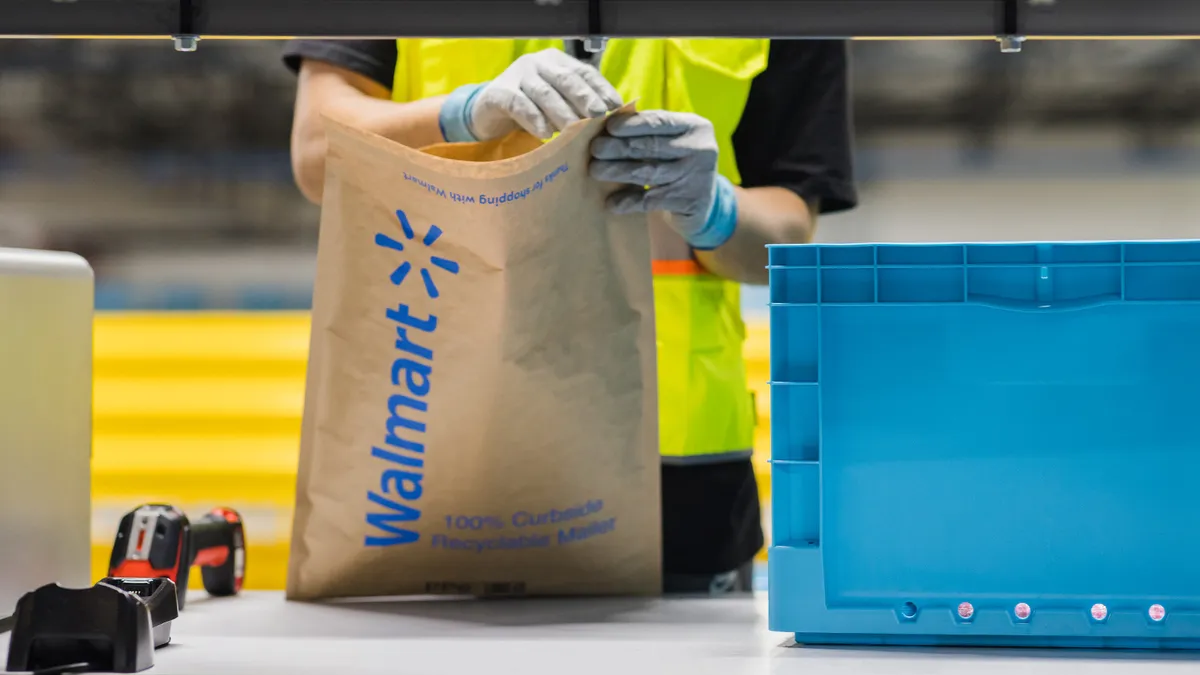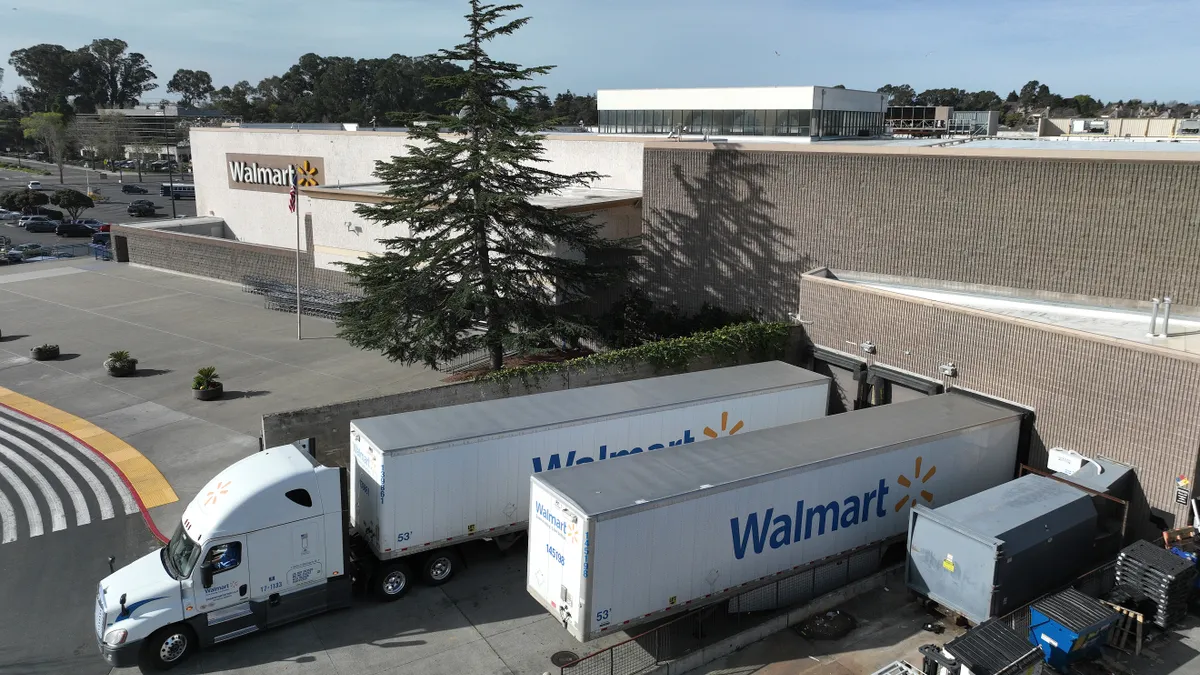The retail crime story of these times no doubt remains the massive data breach that occurred at Target and elsewhere this past holiday season. That was a cybercrime that occurred at brick-and-mortar stores, and retailers are taking several major steps to address the issue and prevent similar incidents.
But physical stores have plenty more to worry about when it comes to loss and theft. Below are some of the challenges retailers face when dealing with loss prevention in stores.
Old-fashioned shoplifting remains a serious issue for retailers
Shoplifting is nothing new. Sometimes it's even predictable. Police in several U.S. cities, for example, often report increased shoplifting over the holidays. And certain changes in policies or habits can spark all-new shoplifting opportunities; a study found that plastic-bag bans are encouraging shoplifting because shoppers bring their own bags in to stores and legitimately fill them, but don’t necessarily pay.
Teen Vogue magazine recently featured a piece attributing the increase in teen shoplifting to higher levels of stress and anxiety among young people. Indeed, most shoplifters come from higher income brackets and are not stealing out of desperation for food or clothing, but for some other reason.
Whatever the cause, shoplifting costs retailers some $10 billion dollars each year. That’s 31% of retail losses, according to the National Retail Security Survey conducted by University of Florida with a grant from ADT Security Services, Inc.
Store employees must be made aware of all procedures involving any detention of a shoplifting customer, who has rights of his or her own. A retail employee must witness the shopper approaching the merchandise, concealing it, and failing to pay for it. If such care is not taken, store employees could mistakenly accuse a customer of stealing something he or she did pay for or intended to pay for, something that is both unfair and a liability issue.
New-fashioned shoplifting involves organized groups
Increasingly, retailers are facing more organized forms of shoplifting, where groups of thieves fan out to amass large quantities of small items that are easy to steal and resell on the street or to less scrupulous retailers. One brazen shoplifting “flash mob” got away with bags of clothing at a Chicago retailer because they overwhelmed the shop employee who tried to stop them.
And employees are some of the worst offenders
Sometimes retailers actually cut paychecks to some of their worst thieves. Theft by retail employees costs companies $14.9 billion annually, more than 46% of losses, according to the ADT/ University of Florida study.
Stolen goods can be found on auction sites
A third of auction and blog listings for new in box or new with tax goods were stolen, according to the National Retail Federation. And that’s rising: 61.1% of loss prevention executives said their retailers saw an increase in what is called “e-fencing” last year, the NRF said.
If stolen goods are found to be listed on eBay, the auction site requires law enforcement to be called in so it can hand over details about the sellers. But in a twist, if retailers don’t follow through, those police departments may end up legally selling such “e-fenced” goods through legitimate auctions.
Technology can help
Fortunately, anti-theft technology is moving beyond cameras and early scanners to more sophisticated equipment that can actually follow a stolen item to its destination. Radio Frequency Identification (RFID) tags are more sophisticated than ever. IBeacon has the potential to help prevent shoplifting or possibly enable it -- it's too early in its adoption to know where that balance will tip.
But the key? Store staff
Technology certainly has its place in preventing theft from brick-and-mortar stores, but the key to loss prevention in-store is probably the people who work there. They’re the ones who employ the low-tech but tried-and-true methods of theft prevention: Interacting with customers, keeping shelves neat, tidy, and well lit, and interacting with each other when something suspicious is afoot.
Poorly trained employees or disgruntled employees are prone to stealing. And not having enough staff can cost a retailer. A recent spike in shoplifting at J.C. Penney was officially attributed late last year to a change in the retailer's anti-theft systems, but many observers said it was more likely due to the layoffs of thousands of workers.
Joan Manson, vice president of loss prevention, payroll, benefits and legal at The Container Store, told the National Retail Federation at the group’s loss prevention conference this month that the retailer is continuing to invest in the best digital recording technology at all its stores, but that employee education and awareness remains a top priority.
“We’re updating our employee training program to support our stores and ensure they have the tools they need to assist us in preventing losses,” she said. “Part of that is developing additional exception reports for our store management teams. This will help increase awareness for store managers and ensure they’re well-trained on point of sale and our ongoing compliance efforts.”
Would you like to see more retail news like this in your inbox on a daily basis? Subscribe to our Retail Dive email newsletter! You may also want to read Retail Dive's look at how retailers are using Pinterest.


















